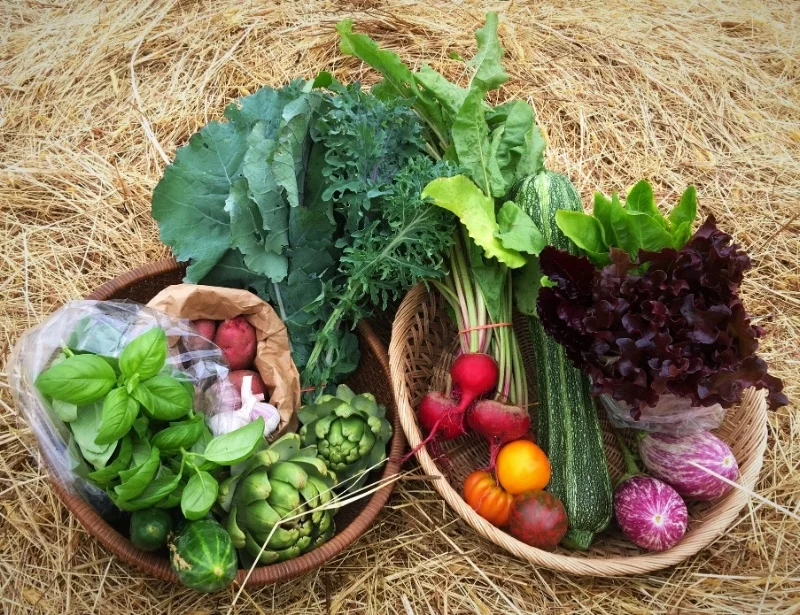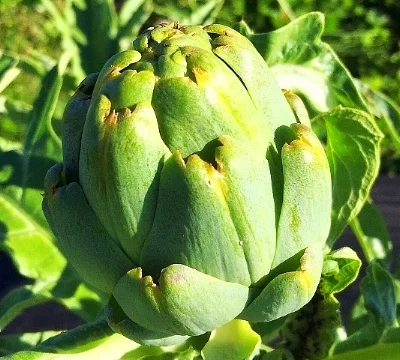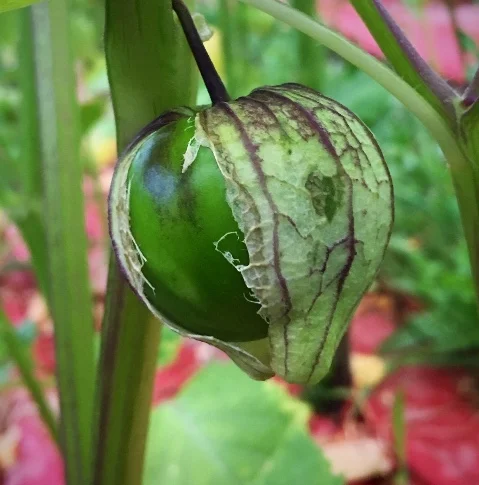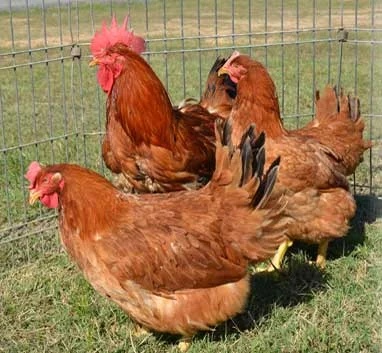2017 Week 12 Newsletter
Season of Preserving
So - what to do when you can't finish all of the fresh food in your CSA basket?!? It turns out this is not an uncommon problem - especially this time of year when people are busy and out enjoying the nice weather. The conundrum is that during the peak of the harvest less people are preparing food at home!!! This happens in our house, too. So what to do? Here are a couple of tips for managing your CSA basket.
Wash and cut your greens at the beginning of the week. It is much easier to pull greens out and sauté them or throw them into a salad if they are already washed and ready to use!
Quick pickle the root veggies and cucumbers that you can't eat all of right away. There are numerous ways to quick pickle but I take a pint jar and fill it with one third of the way with olive oil and one third of the way with apple cider vinegar and then add salt and pepper and fill to the top with my sliced radishes, turnips, beets, or cucumbers. (You can throw in a spicy pepper if you like a kick!) Shake to combine. These can be spooned onto salads as a dressing or eaten as a snack after a meal. Store in the fridge but take out and warm to room temperature to allow olive oil to liquify.
Freeze what you can't use. Blanch greens and squeeze out excess water before freezing. They can be used later in smoothies or soups this winter. Grate zucchini and freeze in ziplock bags. It can be used in zucchini bread or muffins after defrosting and squeezing out excess water.
I hope these ideas can help you use all the goodies in your basket! We want you to enjoy your summer and your food and not be stressed about how you are going to use it all!
TOO MUCH ZUCCHINI!!!!
CSA Basket - Week 12
Your CSA basket this week includes the following:
Zucchini - Black Star or Costata Romanesco. The Romanesco is the ribbed version - it has a firmer flesh and deeper flavor than the Black Star
Tomatoes - a few more varieties this week - mostly yellow and orange heirloom varieties - Enjoy!
Lettuce - Some members have a single large head, others have our more standard multiple small head mix
Kale Mix - perfect time of year to try a cold quinoa-kale salad!
Shintokawa Cucumbers - try the quick pickle recipe with a spicy pepper
Chioggia Beets - the bullseye pattern on the inside of these beets is beautiful! I love them sliced, roasted, and cooled before eating on a salad with feta cheese and a vinaigrette. Don't forget to eat the greens, too!
Globe Artichokes - New this week! See recipe info
Basil - can't use all the basil? Make pesto and freeze in muffin tin for the perfect serving size - it keeps its beautiful green when frozen
Listadia de Gandia Eggplant - The skin is so tender that there's no need to peel that pretty layer - the sad part is the purple turns brown when cooked
Rainbow Potatoes - These were the specialty of our 12 year-old: he planted them, mounded and weeded them, and finally harvested them as well!
Veggie of the Week:
Artichoke!
Botanical Facts - The globe artichoke is a variety of a species of perennial thistle that is grown for food. The edible portion of the plant consists of the flower buds before the flowers come into bloom. The edible portions of the buds consist primarily of the fleshy lower portions of the bracts ("leaves") and the base, known as the "heart"; the mass of immature florets in the center of the bud is called the "choke" or beard. The chokes are inedible in older, larger flowers.
Historical Origins - Artichokes are native to the Mediterranean area, mainly Greece, Italy, and North Africa - where they can still be found wild. The artichoke is mentioned as cultivated garden plant in the 8th century BC by Hesiod. The Dutch introduced artichokes to England, where they grew in Henry VIII's garden at Newhall in 1530. They were taken to the United States in the 19th century—to Louisiana by French immigrants and to California by Spanish immigrants.
Here is a link for information on how to cook and eat an artichoke!
http://www.simplyrecipes.com/recipes/how_to_cook_and_eat_an_artichoke/#ixzz4qEH22b00
Dipping Sauces for Artichokes
1. Garlic - Butter Dip
Mix 1/4 cup melted butter with three cloves minced garlic. Add a dash of lemon juice.
2. Mayo-Curry Dip
Mix together 1/4 cup mayonnaise, 1 tsp curry powder, 1/2 tsp numeric, pinch of cayenne, and a splash of lemon juice.
3. Yogurt Mint Dip
Mix 1/4 cup Greek yogurt, 5 fresh mint leaves minced, 4 minced scallions, and a dash of lemon juice.
There are so many options! See what you like and try it! Kids love the dipping part and scraping the goodness off the outside leaves with their teeth.
Still to Come! Tomatillos are ripening nicely in the hoop house. A little more warm weather and they should be ready. They are delicious in a homemade salsa!
Broilers!
Our last batch of broilers will be processed this Friday and will be ready for on farm pick-up on Saturday or Sunday. If you haven't had a chance to taste these delicious birds this is your last chance this year! This breed is called Freedom Ranger and they are fed fermented organic grains and allowed to roam freely in our pasture every day to eat bugs and weeds to their hearts content. They have a very rich and wonderful flavor. Send us an email or see Paul at the market to reserve yours today!
Lucky Star
I found this guy while harvesting tomatoes in the hoop house. Who knew weeds could be so pretty? Maybe he is a little reminder to enjoy the celestial skies this week. Enjoy the solar eclipse and stay safe! Don't forget to stop by and say HELLO at the market!
Your SVF Farm Team






